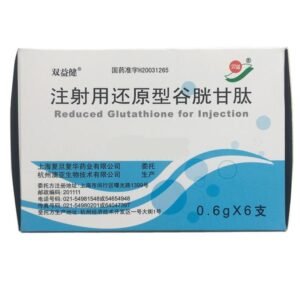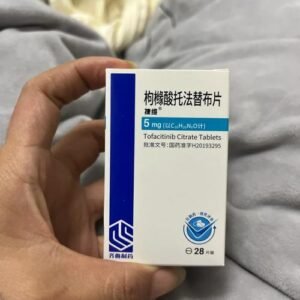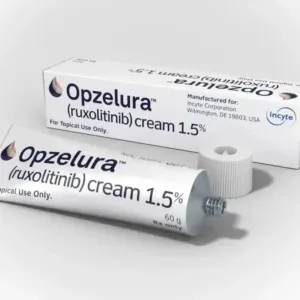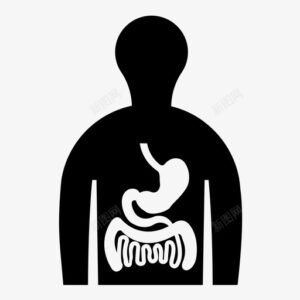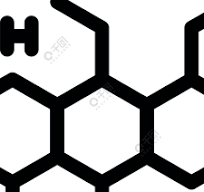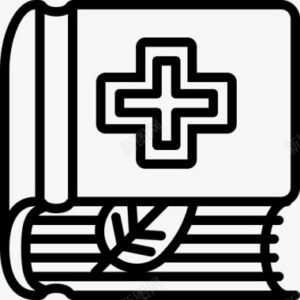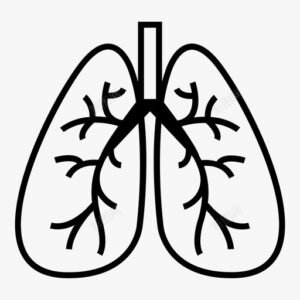Amubarvimab Injection 安巴韦单抗注射液
Ambavir monoclonal antibody injection
Indications:
Treatment of novel coronavirus pneumonia (COVID-19). Used in combination with romisvir monoclonal antibody injection, it is used to treat mild and common COVID-19 patients in adults and adolescents (12-17 years old, weighing ≥40kg) with high risk factors for progression to severe cases (including hospitalization or death). If accompanied by the following diseases or conditions, they are considered to have high risk factors for progression to severe COVID-19: Elderly people aged ≥ 60 years Smokers (including all inhaled nicotine products) Immunosuppressive diseases or immunosuppressive treatment History of cirrhosis Tumor Obesity (BMI>30kg/m2 for adults (>17 years old) or for adolescents aged 12-17 years, the definition of obesity please refer to the “Screening of Overweight and Obesity in School-Age Children and Adolescents” issued by the National Health and Family Planning Commission in 2018. Pregnant and perinatal women Chronic kidney disease Diabetes Cardiovascular disease (including congenital heart disease) or hypertension Chronic lung disease (e.g., chronic obstructive pulmonary disease, asthma [moderate to severe], interstitial lung disease, cystic fibrosis, and pulmonary hypertension) Sickle cell disease Neurodevelopmental diseases (e.g., cerebral palsy), genetic or metabolic syndrome, and severe congenital anomalies Require medically related technical support, such as tracheostomy, gastrostomy Surgery or positive pressure ventilation, etc., but not related to COVD-19. Other medical diseases or factors (e.g., race or ethnicity) may also cause individual patients to progress to severe COVID-19, and the benefit-risk of individual patients can be taken into consideration. The indication population for adolescents (12-17 years old, weight ≥40kg) is conditionally approved for marketing, and there is no clinical trial data. The effectiveness and safety are yet to be further confirmed.
Dosage:
This product is administered by intravenous infusion. Dosage In adult and adolescent patients (12-17 years old, weight ≥40kg), the doses of ambavir and romisvir for the treatment of COVID-19 are 1000mg, respectively. Before administration, the two drugs must be diluted with 100mL of normal saline, and then administered by intravenous sequential infusion at a rate not higher than 4mL/min. Romivir should be given immediately after ambavir to complete the sequential administration. If in clinical operation, romisvir If romisvir is started first, ambavir may be administered immediately after the infusion is completed. If ambavir and romisvir cannot be administered immediately after reconstitution, the diluted infusion solution may be stored at 28°C for up to 8 hours and at room temperature (20-25°C) for up to 4 hours, including transportation and infusion time. If refrigerated, the infusion solution should be allowed to stand at room temperature for approximately 15 minutes before administration. Instructions for Preparation and Administration Ambavir is supplied as a single-dose vial of 500 mg/10 mL and must be diluted with 100 mL of 0.9% Sodium Chloride Injection prior to administration. Two vials must be used for treatment. Ambavir injection should be prepared by a qualified healthcare professional using aseptic technique. Ambavir is a colorless to yellow, clear to opalescent solution. Prior to administration, visually inspect the ambavir vial for particulates and discoloration. If any of the above is observed, it must be Discard the solution and prepare a new solution. Gently vortex the vial several times before use to avoid creating bubbles. Do not shake the vial: Use a syringe to draw a total of 20 mL of Ambavir Injection from the vial and inject into the infusion bag. If the infusion will be completed more than 4 hours after preparation (including line flushing), the prepared infusion bag should be stored at refrigerated temperature. Do not use if the preparation has been stored for more than 8 hours. Administration Ambavir Injection should be administered by a qualified health care professional. · Prepare the infusion materials: o Polyvinyl chloride (PVC) or polyolefin (PO) infusion set, and o Polyethersulfone filter with a pore size of no more than 5 μm is recommended. · Administer intravenously at a rate not exceeding 4 mL/min. · Do not administer as an intravenous push or bolus. · The prepared infusion solution should not be administered concurrently with any other medication. The compatibility of Ambavir and Romivir with intravenous solutions and medications other than 0.9% Sodium Chloride Injection is unknown. ·After the infusion is completed, flush the infusion line with 0.9% sodium chloride to ensure that the required dose is delivered. ·If the infusion must be terminated due to an infusion reaction, discard the unused product. ·If signs and symptoms of clinically significant hypersensitivity or immediate severe allergic reaction occur, administration should be stopped immediately and appropriate medication and/or supportive care should be initiated. ·If an infusion-related reaction occurs, consider slowing or stopping the infusion and giving appropriate medication and/or supportive care. ·Medical institutions should have an understanding of severe infusion reactions (such as immediate severe allergic reactions) and provide conditions for treatment. ·Clinically monitor patients during the infusion and observe them for at least 1 hour after the infusion is completed.
Adverse reactions:
Clinical trial experience The following data are from an ongoing overseas Phase II/III double-blind, placebo-controlled, randomized study (ACTIV-2), which enrolled 847 patients who developed severe COVID -19 non-hospitalized COVID-19 adult patients with high risk factors. All subjects received a single dose of ambavirizumab 1000 mg and romidepsin 1000 mg. The safety assessment of ambavirizumab and romidepsin was mainly based on 28-day follow-up data of 837 treated subjects. Overall adverse events: 113 subjects (27.0%) in the active drug group and 139 subjects (33.2%) in the placebo group reported new adverse events during treatment. Common adverse events mainly include: diarrhea, nausea, vomiting, fatigue, fever, chills, COVID-19 pneumonia, bronchitis, infusion-related reactions, increased blood pressure, myalgia, headache, insomnia, oropharyngeal pain, cough, dyspnea, runny nose and hypertension. Treatment-related adverse events (adverse reactions): 17 subjects (4.1%) in the active drug group experienced drug-related TEAEs, and 16 subjects (3.2%) in the placebo group experienced drug-related TEAEs. 8%) subjects experienced drug-related TEAEs, including 9 subjects reporting infusion-related reactions (AESI). In ACTIV-2, infusion-related reactions, including immediate hypersensitivity reactions, were observed in 5 subjects (1.2%) treated with ambavir and romidevir and 4 subjects (1.0%) treated with placebo. The incidence of grade ≥ 3 adverse events (AEs) was lower in the ambavir and romidevir treatment groups compared to the placebo group, at 4.1% (17/418) and 13.8% (58/419), respectively. Among them, the most commonly reported adverse event was COVID-19 pneumonia (4 subjects treated with ambavir and romidevir; 39 subjects treated with placebo). Adverse events of special concern: AESIs occurring in 9 subjects were reported by the study center (5 in the active drug group and 4 in the placebo group). – All AESIs were grade 1 or 2 infusion-related reaction. – One subject in the active drug group experienced a sub-grade 2 AESI during the BRII-196 dosing period, which led to the research center reducing the dosing rate during the remaining dosing period. – One subject in the placebo group experienced a sub-grade 2 AESI during the corresponding dosing period of BRII-198, and the dosing rate was also reduced. Serious adverse events: 9 subjects (2.2%) treated with ambavir and romisvir experienced serious adverse events, while 46 subjects (11%) in the placebo group experienced serious adverse events. No drug-related serious adverse events (SAEs) were observed. Death: A total of 9 deaths were reported within 28 days of follow-up, all of which were subjects in the placebo group. For other details, please refer to the drug instructions. If you feel unwell after taking the medicine, please inform your doctor in time. The doctor will determine whether to stop the medicine or take necessary measures based on the severity of the adverse reaction.
Contraindications:
It is contraindicated for those who are allergic to any component of this product.
View details
Share:
Products
Our offers
Health Classification
Let us work together to protect precious health


